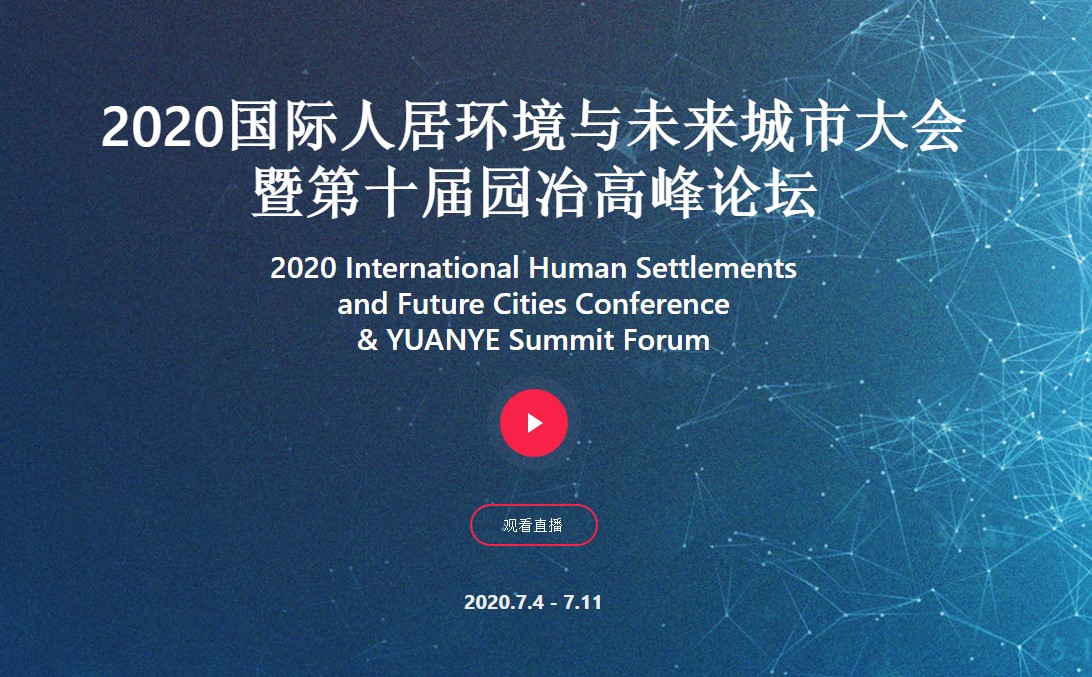Sasaki Presents at International Human Settlements and Future Cities Conference

 Sasaki
Sasaki

Sasaki Chair of Design Culture and Principal, Tao Zhang, ASLA, PLA, Co-Director of Sasaki’s Shanghai office, Dou Zhang, ASLA, PLA, and Senior Associate, Ming-Jen Hsueh, ASLA, PLA, were invited to present at the 2020 International Human Settlements and Future Cities Conference. The three Sasaki designers shared their insights into the design of urban public space and urban renewal via an in-person and live-streamed, attracting over 3,700 virtual attendees.
In his talk, “Edge Effects in the Public Realm and Ecology”, Tao Zhang first illustrated the concept of ‘edge effects’ using the example of Chicago Riverwalk, a waterfront redevelopment project completed by Sasaki in 2016. The design restored vibrancy along the river in six redefined blocks, referred to as “rooms,” including the Marina Plaza, the Cove and the River Theater. These spaces, each taking a unique form, uplift the city and revitalize the former industrial riverfront for unprecedented new uses. Zhang then examined another waterfront project, Wuhan Yangtze Riverfront Park. The design of the park celebrates the region’s strong river culture and leverages frequent flooding events as a vital driver of placemaking strategies. Much of the programming along the river is designed to celebrate the river’s spontaneity and incorporate its flooding as an essential element of the ever-changing landscape.
Watch the video recording
Dou Zhang gave a live presentation titled “Discover the Lost Urban Public Open Spaces.” She shared her perspective on creating public open spaces through upgrading and redesigning streets and green belts. She walked her audience through Sasaki’s approach to regenerating Yunjin Road in Xuhui District, Shanghai, which integrates an array of streets in Luohu District, Shenzhen to improve pedestrian experience. She also discussed a U.S. project, reimagining Tysons Corner in the state of Maryland.
Watch the video recording
Diving deep into Wuhu Urban Renewal project as a case study, Ming-Jen Hsueh discussed the topic “Inclusion in Regeneration: Urban Space and Citizenship.” The Wuhu Urban Renewal effort is a series of cultural- and public realm-led strategies, which provide new opportunities for a more walkable urban core; it celebrates the importance of the public realm as a powerful tool to connect the needs of a contemporary city with its people and its history. A key strategy of the plan is to link the center of the city back to the riverfront, while also integrating scattered heritage architecture as key elements of the city’s history. Additional narrow roadways and pedestrian corridors penetrate into this once enclosed core, creating a more intimate urban experience and improving the walkability of downtown Wuhu.